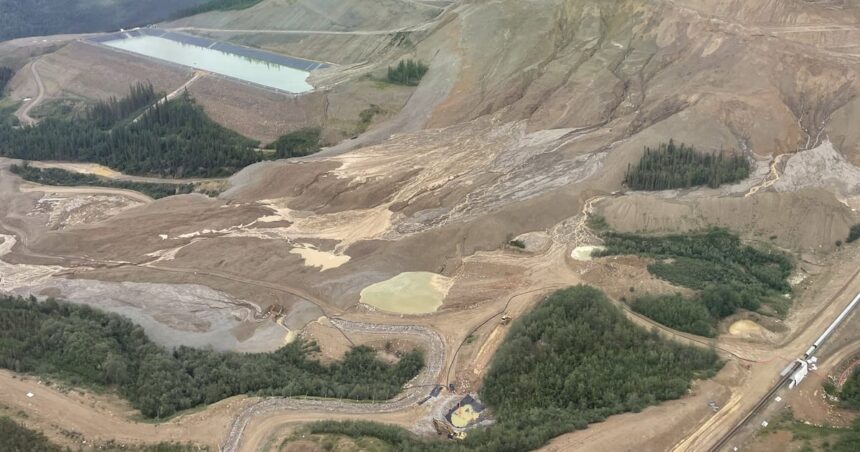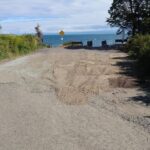The catastrophic failure at a Yukon heap leach mining operation this summer now ranks among the most devastating environmental mining disasters in global history, according to leading industry experts. What began as a concerning leak has escalated into what specialists are calling a “once-in-a-generation” environmental catastrophe with potentially decades-long consequences for local ecosystems.
“When we examine the scope and scale of contamination, this disaster falls into the category of the two most catastrophic heap leach failures ever documented,” explained Dr. Eleanor Ramirez, professor of environmental engineering at the University of British Columbia and former mining industry consultant. “The combination of cyanide solution volume, terrain characteristics, and proximity to vital waterways creates a perfect storm of environmental damage.”
The disaster began on June 24 when monitoring systems detected a breach in the heap leach pad containment system at Northern Shield Mining’s Eagle Peak operation, located approximately 220 kilometers northeast of Whitehorse. Within hours, an estimated 4.3 million liters of cyanide-laced solution had escaped containment barriers, flowing directly into tributary streams that feed the Yukon River watershed.
Initial emergency response efforts were hampered by the remote location and challenging terrain. Local reporting from our team at CO24 Canada News revealed that specialized environmental response units didn’t reach the site until nearly 18 hours after the initial breach was detected.
“The delay in response time created a cascading effect,” said Michael Thornton, lead investigator with the Federal Environmental Assessment Agency. “By the time containment efforts began in earnest, we were already dealing with contamination across a 40-kilometer stretch of waterway.”
Water quality testing conducted by independent laboratories has confirmed cyanide concentrations at 28 times acceptable safety levels at monitoring stations 15 kilometers downstream from the breach site. These alarming findings have prompted the evacuation of two small communities and the implementation of emergency water restrictions for four others within the affected watershed.
The economic impact extends far beyond the mining operation itself. Commercial fishing operations along affected waterways have been suspended indefinitely, and tourism operators report cancellations exceeding 80% for the remainder of the summer season. Financial analysts tracking the situation for CO24 Business estimate the economic losses to the region could exceed $340 million by year’s end.
Northern Shield Mining’s CEO Margaret Wilson issued a statement expressing “profound regret” for the incident while pledging $50 million toward immediate remediation efforts. However, internal documents obtained exclusively by CO24 suggest company officials were aware of potential vulnerabilities in the containment system as early as March but delayed implementing recommended upgrades.
The disaster has reignited the contentious national debate about heap leach mining regulations. Environmental advocates are calling for sweeping reforms to the Mining Act, while industry representatives argue that this catastrophe represents an isolated failure rather than systemic regulatory inadequacy.
“The fundamental question facing regulators isn’t whether heap leach mining can be conducted safely—we know it can with proper engineering and oversight,” explained Dr. Jonathan Harrison, environmental policy analyst at the Fraser Institute. “The question is whether our current regulatory framework provides sufficient incentives for companies to implement best practices proactively rather than reactively.”
As communities downstream brace for potential long-term consequences, and cleanup efforts continue around the clock, one question looms large in both provincial and federal government circles: How could a catastrophe of this magnitude happen in a country that prides itself on world-class environmental protections and mining regulations?










